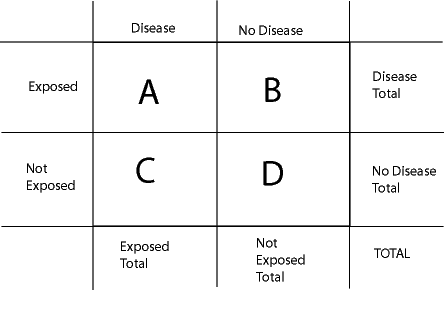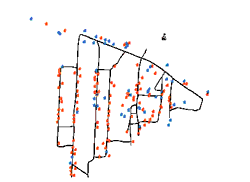ArcUser Online
Costain created a custom tool using Visual Basic and ArcObjects that allows exposure parameters, such as type of housing or age, and other relevant epidemiological attributes of features interactively selected by the user to be analyzed in a contingency table. The tool populates the table and calculates RR and OR. Clicking on a cell in the table will display the associated features on the map. Another tool generates a graph that shows the occurrence of the disease over a specified time frame. Jennifer Cadkin, also of Esri, subsequently added history tracking functionality that allows analyses to be saved and revisited. SummaryIncorporating traditional epidemiological statistical techniques into a GIS interface allows researchers to gain a greater insight into the spatial aspect of the spread of disease. The pilot spatial framework creation project demonstrated just how much can be done in a short time with little funding. Encouraged by this initial success, Devasundaram plans to return in February 2003 to undertake a much more ambitious project—mapping 90 villages—that will create a GIS that will help address fundamental quality of life issues. The team who worked on the project in 2001 has remained enthusiastic, and Devasundaram plans to collaborate with them on this much larger effort. By using a "hard core" approach to data collection, he believes the volunteers, several of whom are students, will really understand the data and not be reliant on outside sources for it. "There is a whole culture one needs to build. Nothing works without data behind it," said Devasundaram. With this spatial framework in place, they will be better able to address the area's many environmental and socioeconomic issues that are manifested as public health problems. "You can't isolate these things. If you do the socioeconomic work, health will follow," said Devasundaram. For more information, contact Bill Davenhall at bdavenhall@esri.com. |

